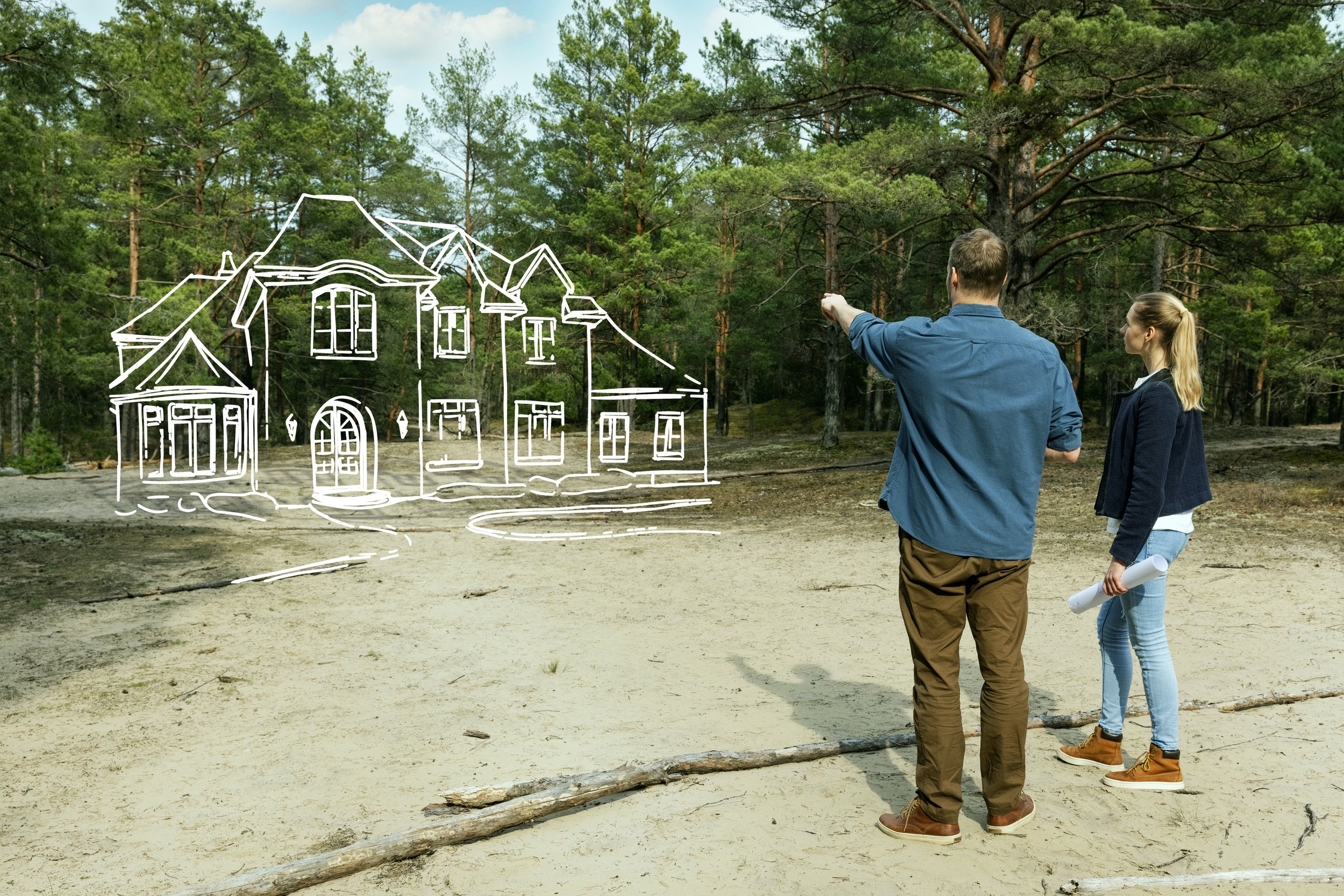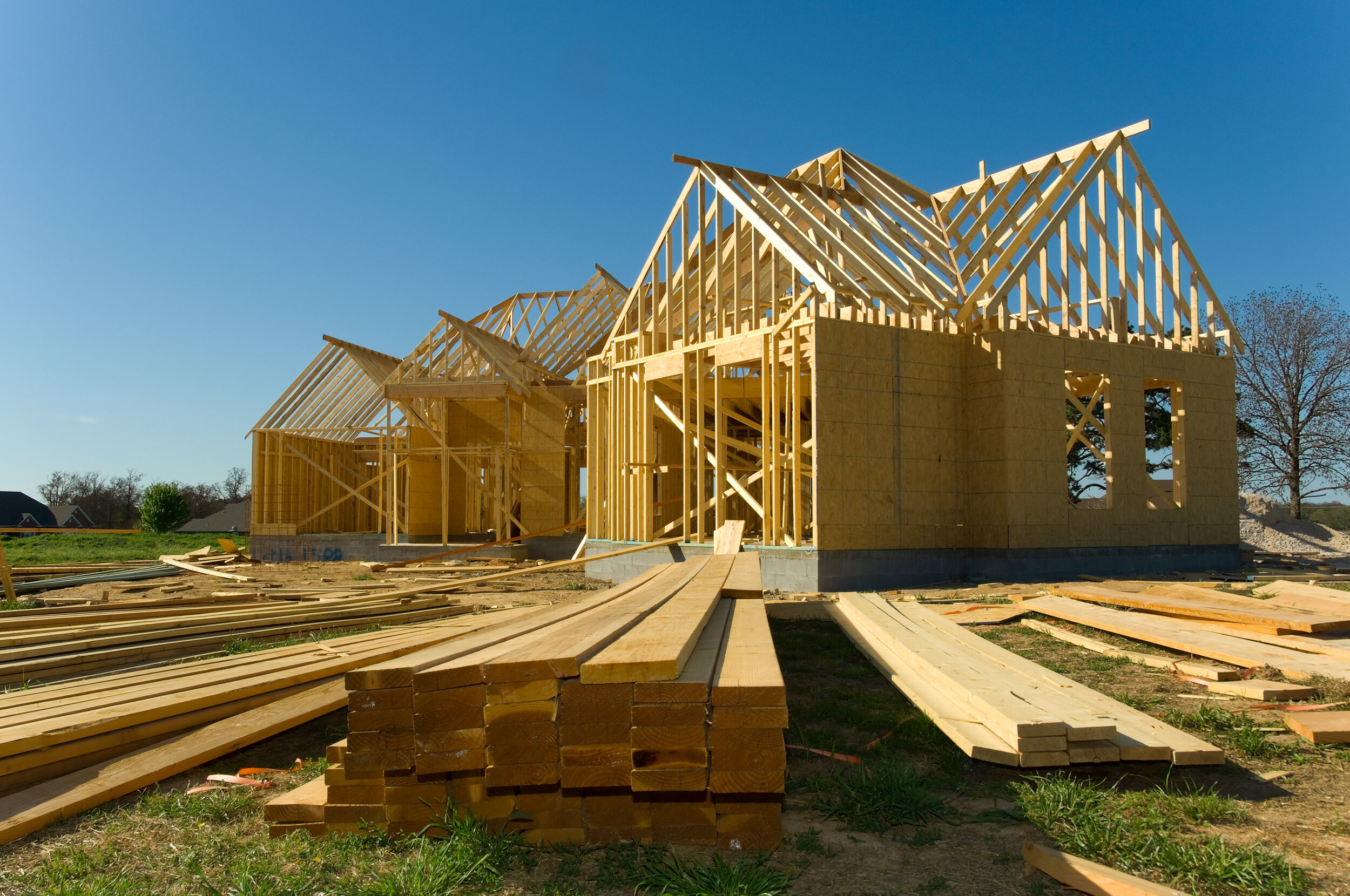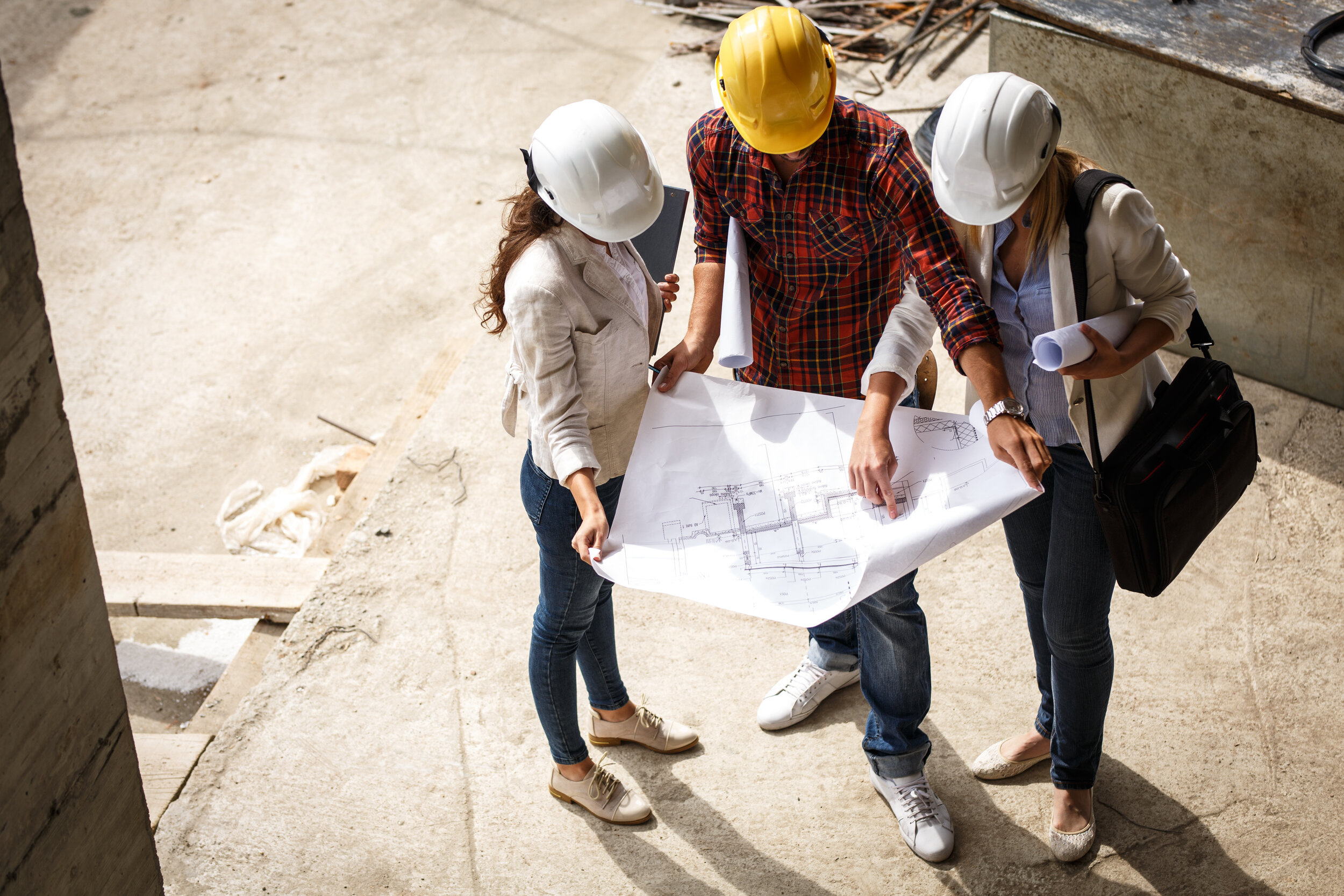Sustainable, Green & Eco-Friendly Custom Home Builders in San Diego
What is a Green Home Builder?
A green home builder, also known as an eco-friendly or sustainable home builder, is a construction professional or company that specializes or has experience in designing and constructing homes with a focus on environmental sustainability and energy efficiency. These builders prioritize using eco-friendly materials, implementing energy-saving technologies, and following environmentally responsible construction practices.
Buildable has tremendous experience when it comes to building eco-friendly homes. Whether you want to achieve a certification or just have a home that is energy efficient, we can help. Contact us to learn more about how we can help you with your custom home build project.
What most people don’t realize is that there are different options for building an eco-friendly home and here are some of the key items:
Energy-efficient appliances: These are appliances designed to consume less energy while performing their intended functions. Energy-efficient appliances include refrigerators, washing machines, dishwashers, air conditioners, water heaters, and more. They are engineered to use advanced technologies and innovative designs to reduce energy consumption, resulting in lower utility bills and reduced environmental impact.
Upgraded insulation: This refers to the installation of high-quality insulation materials in various parts of the home, such as walls, floors, and ceilings, to improve thermal efficiency. Upgraded insulation helps regulate indoor temperatures by minimizing heat transfer between the interior and exterior of the home. This leads to increased comfort, reduced energy consumption for heating and cooling, and lower utility costs.
Extended eaves: Eaves are the edges of the roof that overhang beyond the exterior walls of the house. Extended eaves refer to eaves that are designed to protrude further from the walls, providing additional shading and protection from the elements. Extended eaves reduce solar heat gain through windows and enhance the overall durability and weather resistance of the home.
Home Placement: Home placement refers to the strategic positioning of the house on its lot or property. Proper home placement takes into account factors such as solar orientation, prevailing winds, views, privacy, and topography to optimize energy efficiency, natural light, ventilation, and aesthetic appeal. Thoughtful home placement can maximize passive solar heating and cooling, minimize energy consumption, and create a comfortable living environment.
Energy generation: This involves the integration of renewable energy systems into the home to generate electricity or heat. Common forms of energy generation include solar photovoltaic (PV) panels, solar thermal systems, and geothermal heat pumps. Energy generation systems harness natural resources such as sunlight, wind, and geothermal heat to produce clean, sustainable energy, reducing reliance on traditional fossil fuels and lowering carbon emissions.
Sustainably sourced materials: These are building materials that are responsibly harvested, produced, and transported to minimize environmental impact and promote long-term ecological balance. Sustainably sourced materials may include certified wood products from responsibly managed forests, recycled or reclaimed materials, low-VOC (volatile organic compound) paints and finishes, and eco-friendly insulation and flooring options. Using sustainably sourced materials helps conserve natural resources, reduce pollution, and support environmentally friendly building practices.
Buildable can help strategically guide you on the cost-benefit analysis of these particular features and how they could impact your build.
Goals of Sustainable Home Building
When you want an Eco-Friendly home, your goal may be different and that could impact different approaches to features of your build. The following are goals associated with sustainable home-building practices.
Minimize Environmental Impact: Reduce the negative impact of construction and living on natural ecosystems, including reducing waste, preserving biodiversity, and conserving natural resources.
Reduce Energy Consumption: Implement energy-efficient design and construction practices to minimize energy usage for heating, cooling, lighting, and appliances.
Incorporate Renewable Energy: Integrate renewable energy sources like solar panels, wind turbines, or geothermal systems to generate clean energy.
Efficient Water Use: Install water-saving fixtures, implement rainwater harvesting, and employ landscaping practices that reduce water consumption.
Healthy Indoor Environment: Use low-toxic or non-toxic materials and implement ventilation systems to ensure good air quality, reducing the risk of respiratory issues and allergies.
Use Sustainable Materials: Opt for materials that are renewable, recyclable, or have a low environmental impact. This includes using reclaimed or locally sourced materials.
Reduce Construction Waste: Minimize waste during construction by reusing or recycling materials and responsibly disposing of any waste generated.
Long-Term Performance: Build with materials and techniques that withstand environmental conditions, reducing the need for frequent repairs or replacements.
Design for Future Changes: Create spaces that can be easily adapted to changing needs or technologies, allowing the home to remain functional and efficient over time.
Incorporate Advanced Systems: Utilize technologies like smart thermostats, energy-efficient appliances, and home automation systems to enhance energy efficiency and convenience.
Promote Livability: Design homes that contribute positively to the community and provide a high quality of life for residents.
Increased Insulation: Build a home with extra insulation to make the property less susceptible to changes in temperature.
Seek Green Building Certifications: Pursue certifications like LEED (Leadership in Energy and Environmental Design) or other regional or national green building standards to demonstrate compliance with sustainability goals.
Examples of Eco-Friendly Home Building Practices
Green home building in custom home construction involves incorporating environmentally friendly materials, energy-efficient systems, and sustainable design practices. Here are some examples of green features that can be included in a custom-built home.
Energy-Efficient Windows and Doors: Installing high-performance windows with double or triple glazing and low-emissivity coatings to minimize heat loss or gain.
Solar Panels or Photovoltaic Systems: Integrating solar panels on the roof to generate clean, renewable energy for the home's electrical needs.
Green Roof or Living Roof: Incorporating a vegetated roof system to reduce stormwater runoff, improve insulation, and provide natural habitat.
Rainwater Harvesting System: Collecting rainwater from gutters and downspouts to be used for irrigation or other non-potable purposes.
High-Efficiency HVAC Systems: Installing energy-efficient heating, ventilation, and air conditioning (HVAC) systems with programmable thermostats and zoning capabilities for precise temperature control.
Geothermal Heating and Cooling: Utilizing geothermal heat pumps to harness the consistent temperature of the Earth for heating and cooling purposes.
Energy-Efficient Lighting: Using LED or CFL (compact fluorescent) bulbs throughout the home to reduce electricity consumption.
Advanced Insulation and Air Sealing: Employing high-quality insulation materials and air sealing techniques to minimize energy loss through walls, roofs, and floors.
Natural Ventilation and Daylighting: Designing the home to maximize natural light and airflow, reducing the need for artificial lighting and mechanical ventilation.
Bamboo or Cork Flooring: Opting for sustainable flooring materials like bamboo or cork, which are rapidly renewable and have a lower environmental impact compared to traditional hardwoods.
Low-VOC Paints and Finishes: Using paints, stains, and finishes with low or no volatile organic compounds (VOCs) to improve indoor air quality.
Recycled or Salvaged Materials: Incorporating reclaimed or recycled materials, such as reclaimed wood for flooring or salvaged fixtures, to reduce the demand for new resources.
Efficient Water Fixtures: Installing low-flow toilets, faucets, and showerheads to reduce water consumption without sacrificing performance.
Native Landscaping and Drought-Tolerant Plants: Designing the landscaping with native plants that require minimal irrigation and are well-suited to the local climate.
Smart Home Technology: Implementing smart home systems for energy monitoring, automated lighting, and climate control for improved efficiency and convenience.
Does it Cost More Money to Build a Sustainable Custom Home?
Building a green custom home can initially cost more upfront compared to constructing a standard home. However, it's important to consider the long-term benefits and potential savings associated with key features and green building practices. High initial costs may include the cost of high quality materials, energy efficient systems, and specialized features that are sustainable. Going green during a custom home build is an investment and potential long-term savings and benefits may include lower operating costs due to energy-efficiency, reduced maintenance and repair costs, potential incentives and tax credits for sustainable building practices, potential higher resale value due to sustainable features and market demand, and more.
Potential Disadvantages to Sustainable Home Building
The following are potential drawbacks associated with building a sustainable custom home.
Higher Initial Costs: Green building materials and technologies can be more expensive upfront compared to conventional alternatives. This initial investment may deter some homeowners.
Complexity of Design and Construction: Implementing advanced green technologies and systems may require specialized knowledge and skills, potentially leading to higher construction costs and longer project timelines.
Lack of Standardization: Green building practices are evolving, and there may not be universally accepted standards for all aspects of sustainable construction. This can lead to uncertainty in selecting the most effective green solutions.
Permitting and Regulatory Challenges: Some local building codes and regulations may not yet accommodate all green building practices. This can lead to additional hurdles in the permitting process.
Limited Design Flexibility: Certain sustainable materials and technologies may have specific design constraints, which could limit the overall design flexibility of the home.
Potential for Over-Engineering: In an effort to achieve high levels of sustainability, there's a risk of over-engineering, which can lead to unnecessary complexity and costs.
Variable Performance of Green Technologies: The performance of some green technologies may be affected by factors like climate, local conditions, or user behavior. This can result in unpredictable outcomes.
Return on Investment (ROI) Considerations: Depending on the local real estate market, not all green features may offer a significant return on investment in terms of increased property value.
Build an Eco-Friendly Custom Home in San Diego With Buildable
Building a custom home takes an immense amount of time and effort, but with the right team, the end result will be well worth it. The process can appear overwhelming to those who start the journey alone; however, building your dream home can be simple when you approach the process with experts by your side who can guide you through every step. Buildable specializes in luxury custom home construction, meaning we have the experts on our team that you need to have a stress-free home build, and create the luxury home of your dreams. We have over 40 years of home building experience within our team, and over 1,000 homes built. Read about our team, talk to us, and get the answers to questions you may have about starting the custom home building process in San Diego.
Read More About:





